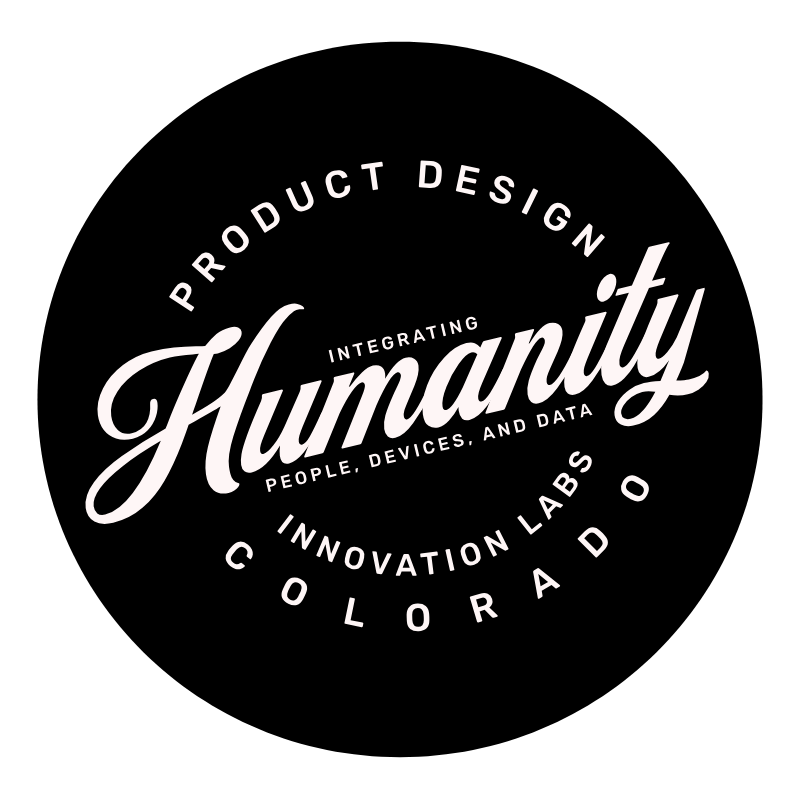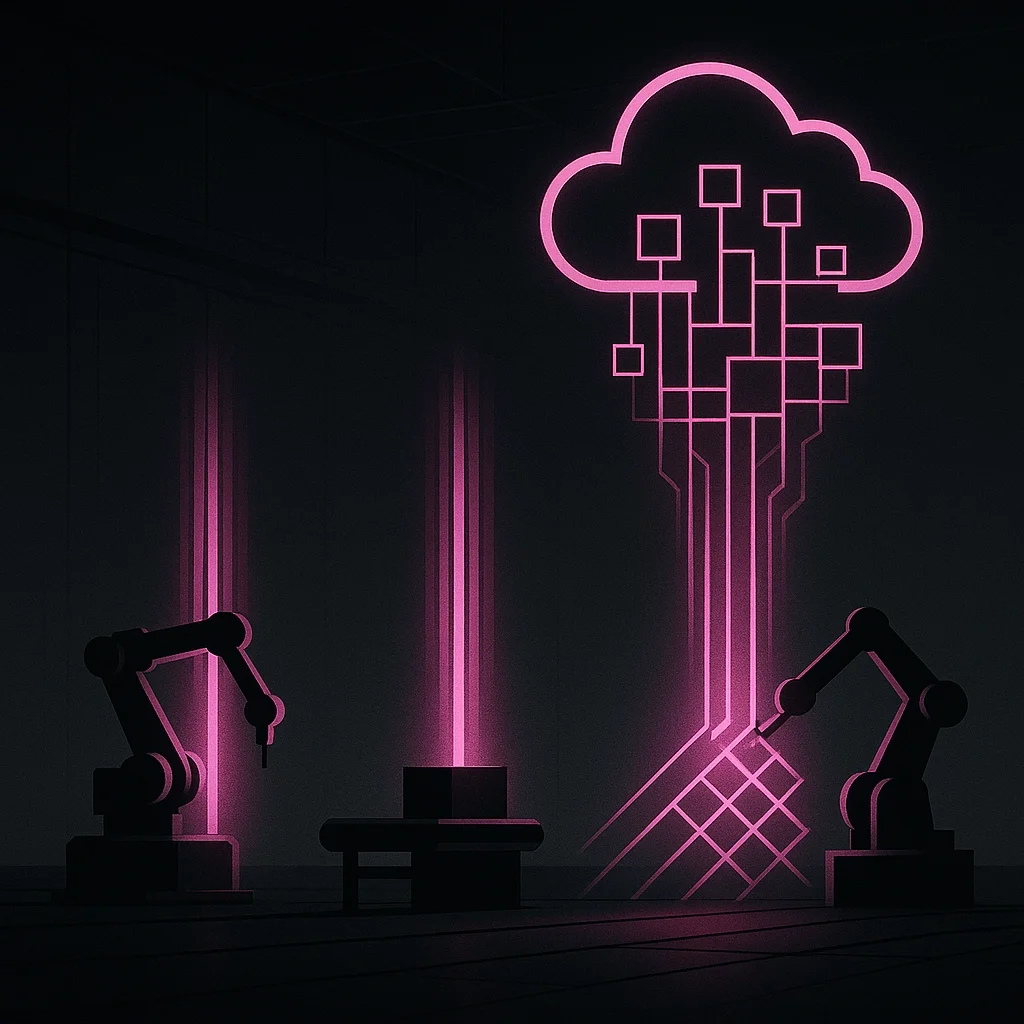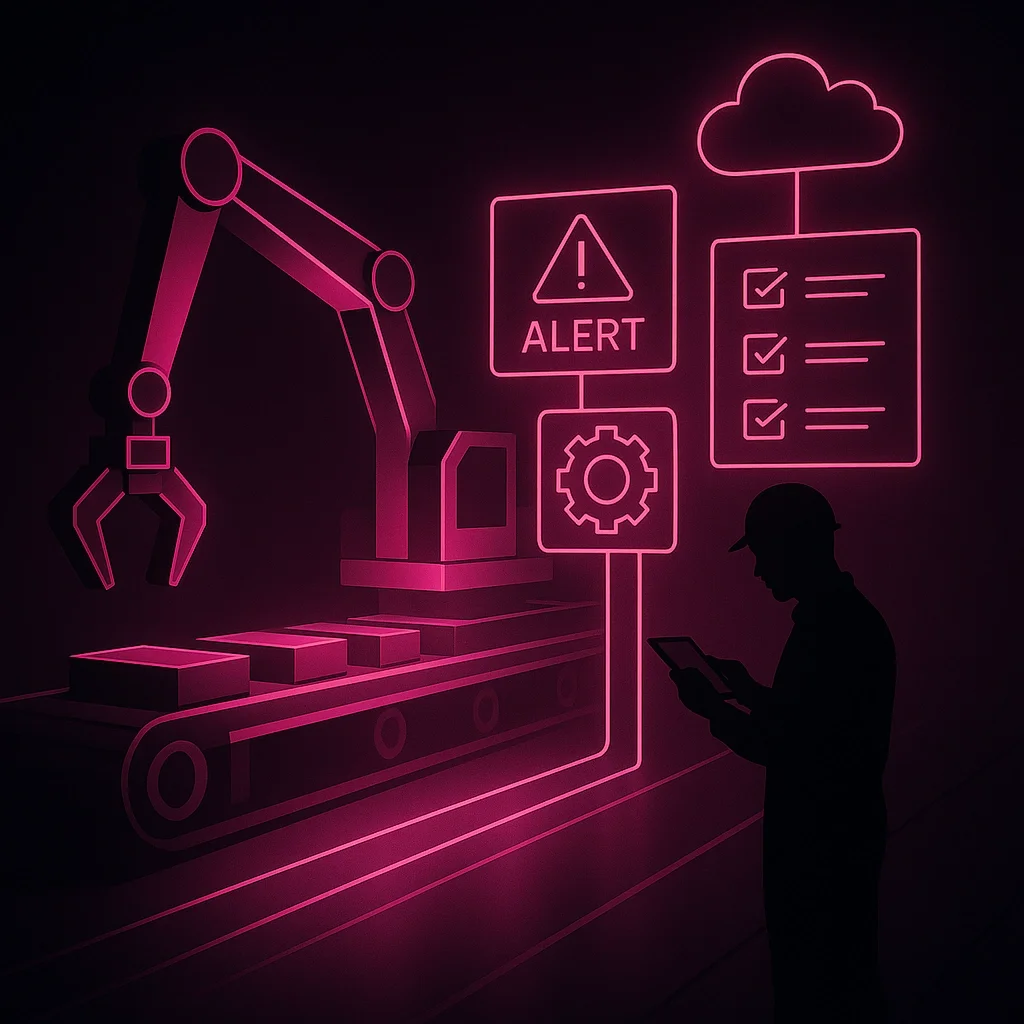From Factory Floor to the Cloud: Solving Real Manufacturing Pains Through Continuous User Research
The Disconnect Between Data and Action in Modern Manufacturing
In today's manufacturing environments, a curious paradox exists: factories generate more data than ever before, yet production teams often struggle to translate this information into meaningful improvements. Walk through any modern facility and you'll see the evidence—sensors on every machine, tablets at workstations, and dashboards in control rooms. Despite this technological abundance, operators frequently report that critical information isn't reaching decision-makers, and cloud-based analytics teams complain they lack "ground truth" from the factory floor.
This disconnect costs manufacturers millions annually in preventable downtime, quality issues, and missed optimization opportunities. According to recent industry studies, the average manufacturer uses less than 20% of collected shop floor data for actual decision-making. The rest sits unused in various siloed systems.
At Humanity Innovation Labs™, we've discovered that continuous user research—not just more technology—is the missing link that connects shop floor realities with cloud-based optimization.
What is Continuous User Research in Manufacturing?
Traditional product research often follows a "launch and leave" model: gather requirements, build a solution, then move on to the next project. In contrast, continuous user research creates an ongoing dialogue between technology creators and users throughout the entire product lifecycle.
For manufacturing specifically, continuous research means:
Establishing persistent feedback loops with operators, maintenance technicians, and line supervisors
Regularly testing assumptions about workflow bottlenecks
Measuring actual usage of digital tools versus planned usage
Updating solutions based on evolving production needs, not just technical possibilities
This approach recognizes that manufacturing environments are living ecosystems that change constantly with new equipment, personnel shifts, and production requirements.
The Shop Floor: Where Research Begins
Effective continuous research in manufacturing starts on the shop floor, using methods adapted for industrial environments:
Contextual Inquiry and Observation
Unlike traditional interviews conducted in meeting rooms, contextual inquiry happens where the work actually takes place. Our researchers observe operators interacting with machines during active production runs, noting workarounds, pain points, and environmental factors that influence tool usage.
One manufacturing client discovered through contextual inquiry that their expensive tablet-based workflow system was failing because operators wore gloves that made touchscreens unusable. No amount of training or feature development would have solved this fundamental usability issue—only direct observation revealed the problem.
Rapid Prototyping with Production Teams
We've pioneered rapid prototyping techniques that work within the constraints of manufacturing environments:
Paper prototypes tested during shift changes
QR-code accessible digital prototypes that operators can evaluate during scheduled breaks
"Wizard of Oz" testing where researchers simulate system responses before full development
These approaches maintain production schedules while gathering critical feedback. In one case, a 45-minute prototype session with operators revealed that a proposed alert system would have created dangerous distractions during critical assembly procedures—saving the client from implementing a solution that looked good in the boardroom but failed on the floor.
Participation Metrics Beyond Surveys
Traditional satisfaction surveys rarely capture the full picture in manufacturing environments. Instead, we track:
Tool adoption rates across shifts and teams
Time spent using digital interfaces versus manual processes
Error rates before and after implementation
Unprompted adaptation of tools (when users modify solutions to better fit their needs)
These metrics provide quantitative evidence of what's working and what isn't, without pulling workers away from their primary responsibilities.
The Cloud: Turning Research Into Intelligent Action
The real power of continuous research emerges when insights from the floor connect seamlessly with cloud-based systems and decision-making processes.
Insight Pipelines
Just as manufacturers create material pipelines, successful organizations build insight pipelines—systematic ways to gather, analyze, and distribute user research findings:
Daily digital standups where operators can flag interface issues
Weekly synthesis of observation data into prioritized improvement lists
Monthly review of usage analytics with product and engineering teams
Quarterly deep-dives into emerging patterns and opportunities
These structured processes ensure that critical insights don't get lost in email chains or overwhelmed by immediate production concerns.
Translation Between Technical and Operational Languages
One of the biggest barriers to effective manufacturing solutions is the language gap between technical teams and operational staff. Continuous research serves as a translation layer:
"Operators don't care about API efficiency or data architecture," explains one of our manufacturing clients. "They care about whether they can quickly find the information they need when a machine starts behaving unexpectedly. Our research team translates operator needs into technical requirements, and technical constraints into operational explanations."
This translation function prevents the all-too-common scenario where technical teams build features that address the wrong problems.
Feeding the AI Engine
As manufacturers increasingly deploy AI tools for predictive maintenance, quality control, and production optimization, continuous user research provides the critical context these systems need:
Identifying which data points are most meaningful to actual decision-makers
Clarifying how AI recommendations should be formatted for quick comprehension
Determining appropriate automation boundaries—what decisions should remain human-controlled
Testing AI-human interfaces for clarity and trustworthiness
Without this ongoing research, AI systems risk becoming expensive tools that generate insights no one acts upon.
Case Study: Bridging Floor to Cloud at a Heavy Equipment Manufacturer
A global heavy equipment manufacturer struggled with a common problem: despite investing millions in IoT sensors and cloud analytics, their predictive maintenance program wasn't reducing downtime as expected. Technical diagnostics showed the system was working correctly, but outcomes weren't improving.
Through embedded continuous research, we discovered three critical disconnects:
Maintenance alerts were being delivered to supervisors' emails, but technicians primarily used mobile devices on the floor
The alert language used engineering terminology rather than the practical language technicians used
The system prioritized issues by algorithm-determined severity, but didn't account for parts availability or maintenance scheduling constraints
None of these issues were technical failures—the system was working as designed. But without continuous research connecting cloud capabilities to floor realities, the design itself was flawed.
By implementing bi-weekly observation sessions and creating a feedback council of technicians, the company redesigned their alert system. Results after six months included:
47% reduction in mean-time-to-repair
23% decrease in unplanned downtime
89% technician satisfaction with the revised system (up from 34%)
Estimated $2.1M annual savings from improved maintenance efficiency
Implementation: Starting Your Floor-to-Cloud Research Program
Based on our work with dozens of manufacturers, here are key steps to implement continuous user research that connects floor operations to cloud capabilities:
1. Map the Full Information Ecosystem
Before launching any research initiative, document the complete journey of manufacturing data:
Where does information originate?
Who touches it along the way?
Where are decisions made?
What systems currently store or process the data?
This mapping exercise often reveals surprising information pathways and informal workflows that official documentation misses.
2. Build a Cross-Functional Research Team
Effective manufacturing research requires diverse expertise:
Production experts who understand operational constraints
UX researchers skilled in field observation techniques
Data scientists who can connect floor insights to analytics systems
Change management specialists who can implement findings
This team becomes the bridge between operational realities and technical possibilities.
3. Create Appropriate Research Rhythms
Manufacturing environments have unique timing constraints:
Schedule observation sessions around shift patterns
Align feedback cycles with production schedules
Time major updates to coincide with planned maintenance periods
Build research touchpoints that respect the primacy of production goals
By working within these natural rhythms rather than disrupting them, research becomes sustainable rather than burdensome.
4. Measure What Matters
Focus metrics on outcomes, not just research activities:
Time saved in key workflows
Reduction in errors or rework
Faster decision-making in critical situations
Improved quality or throughput metrics
These outcome measures connect research activities to business value, securing ongoing support for the program.
Conclusion: Continuous Research as Competitive Advantage
In manufacturing, the gap between shop floor realities and cloud analytics represents one of the greatest untapped opportunities for competitive advantage. While most companies focus exclusively on technical solutions—more sensors, better algorithms, faster networks—the real breakthrough comes from continuous user research that bridges human needs with technical capabilities.
By embedding ongoing research into manufacturing operations, companies not only solve immediate pain points but create learning systems that continuously improve. The result is a virtuous cycle where floor insights drive cloud innovations, and cloud capabilities enhance floor operations.
In today's manufacturing landscape, this floor-to-cloud connection isn't just a nice-to-have—it's the difference between data-rich but insight-poor operations and truly intelligent manufacturing that combines the best of human expertise with technological possibilities.
To learn more about implementing continuous research in your manufacturing operation, explore our industrial innovation services or read about how we're modernizing factory operations through human-centered design.




